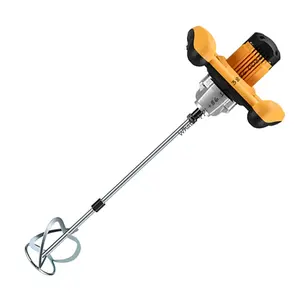Popular in your industry








































































Top categories
About milking churn
A milking churn is a cylindrical container designed for the traditional process of churning milk to produce butter. These churns are typically made of wood, with the staves and hoops providing the structural integrity of the container. The size of a churn can vary, but they are generally smaller than a barrel and often have a capacity of a few gallons. A milk churn is essential in the butter-making process, as it provides the ideal environment for cream to be agitated until the butterfat separates from the buttermilk.
Types of milking churn
The most common type is the hand-cranked churn, which features a handle attached to a paddle inside the churn. The user turns the handle, causing the paddle to agitate the cream. Another type is the dash churn, which has a dasher that moves up and down rather than in a circular motion. This design can be more efficient for larger churns. A barrel churn is a large cylindrical container used for commercial butter production. It often has a mechanism for continuous churning, such as a rotating drum or paddles that are turned by a motor. In contrast, a glass churn is a smaller, transparent container, allowing the user to observe the churning process. This type of churn is often used in home kitchens and may have a hand-crank or dash mechanism.
Advantages of milking churns
One of the most significant advantages of using a milk urn is its simplicity and effectiveness in the butter-making process. The churn provides the ideal environment for cream to be agitated until the butterfat separates from the buttermilk. Additionally, the churn allows for the control of churning speed, ensuring the butter is properly formed. Moreover, the churn's design helps to expel excess buttermilk, leading to better-tasting butter and longer shelf life. Furthermore, the traditional method of churning in a wooden container imparts a unique flavor to the butter, making it popular among those who value artisanal and natural food processes.
How to use a milking churn
Using a churn begins with pouring the cream into the container. The cream should be at the proper temperature for churning. The churn is then sealed, either with a milk churn with a lid, and the churning process begins. For hand-cranked and dash churns, the user steadily turns the handle or moves the dasher in the prescribed motion. It is essential to maintain a consistent speed to ensure proper churning. For barrel churns, the motorized mechanism should be activated to continuously agitate the cream. The churning process can take some time, during which the cream will gradually thicken and, eventually, the butterfat and buttermilk will separate. Once the butter is formed, the buttermilk is usually drained off, and the butter is worked to remove any remaining liquid. This can be done by rinsing the butter in cold water or using a spatula to press out the liquid. After the butter is washed and worked, it can be shaped, salted, and stored in a cool place.






















